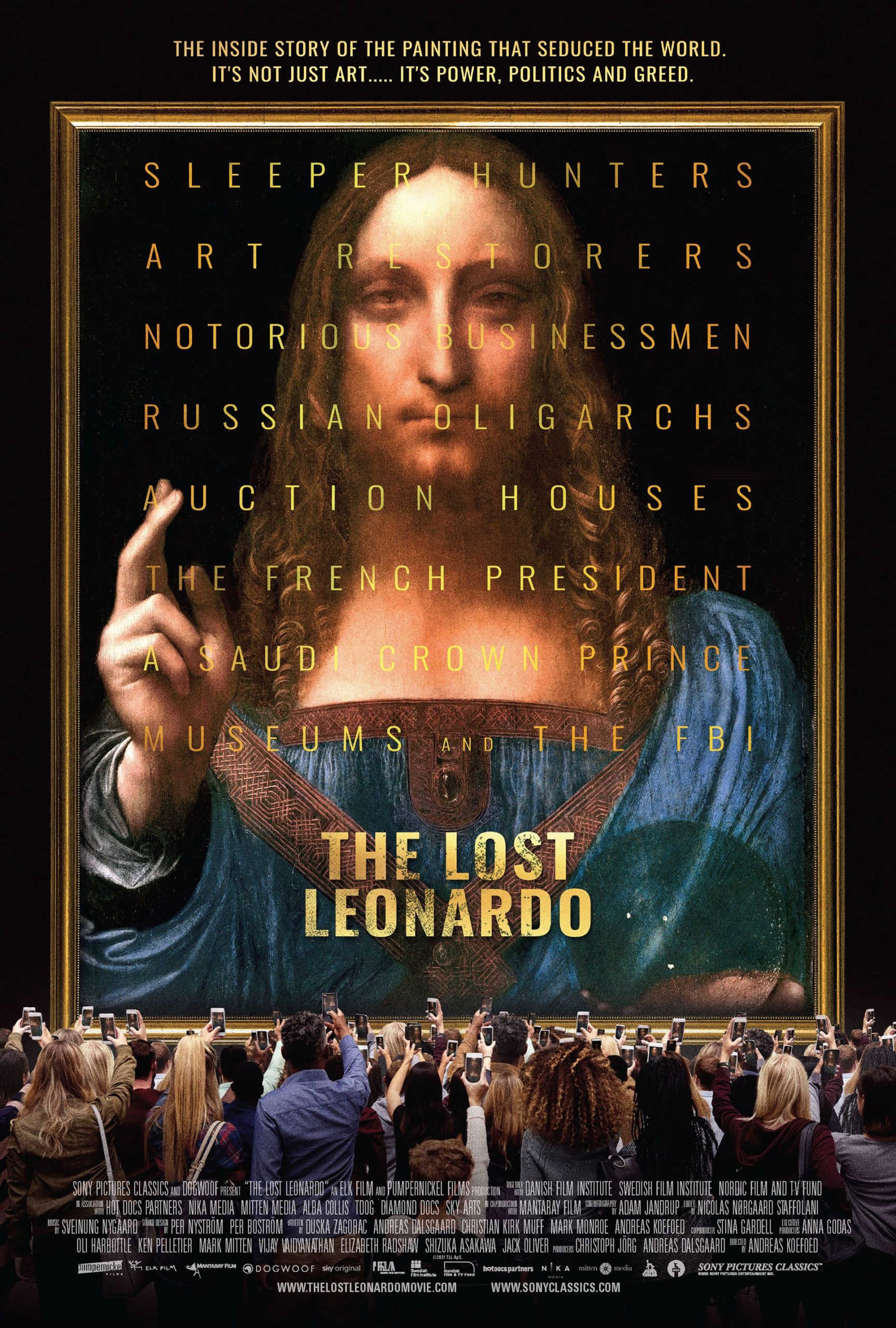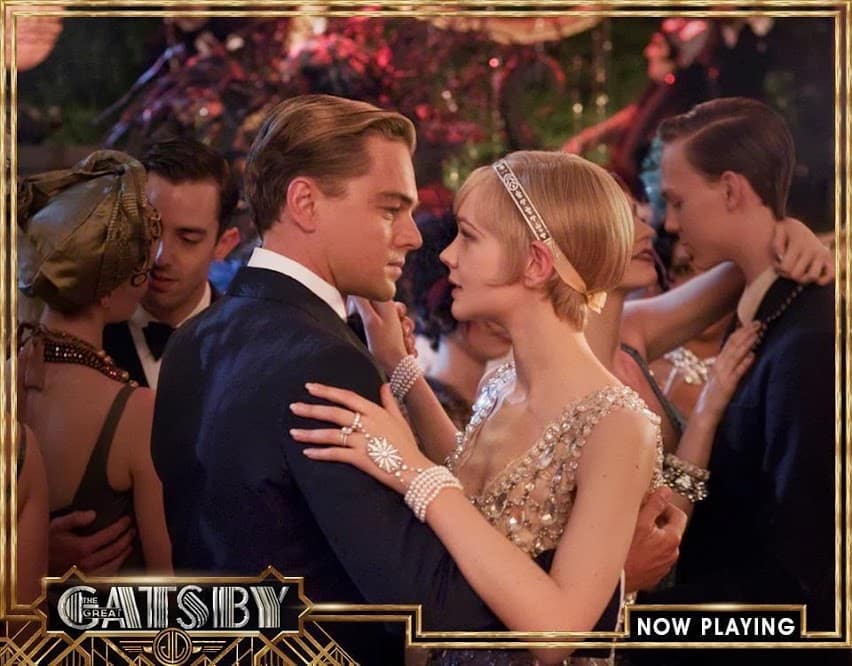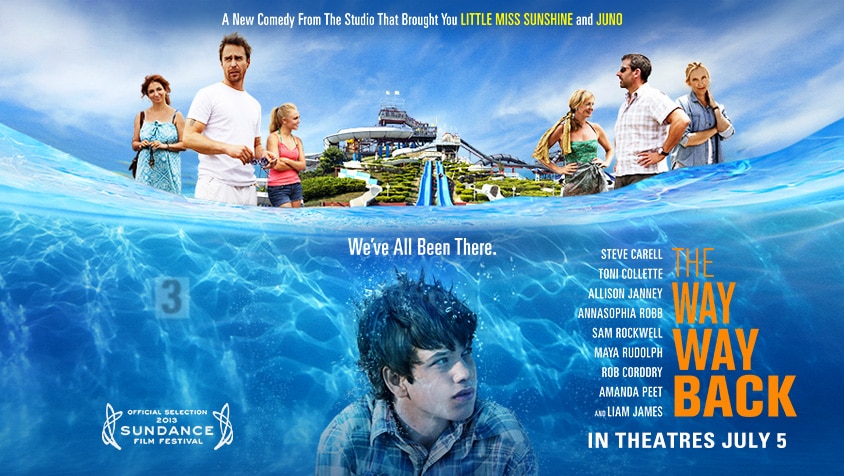The Lost Leonardo is the inside story behind the Salvator Mundi, the most expensive painting ever sold at $450 million. From the moment the painting is bought for $1175 at a shady New Orleans auction house, and the restorer discovers masterful Renaissance brushstrokes under the heavy varnish of its cheap restoration, the Salvator Mundi’s fate is determined by an insatiable quest for fame, money and power. As its price soars, so do the questions about its authenticity: is this painting really by Leonardo da Vinci? Unravelling the hidden agendas of the richest men and the most powerful art institutions in the world, The Lost Leonardo reveals how vested interests in the Salvator Mundi are of such tremendous power that truth becomes secondary. KIDS FIRST! Film Critic Ayden P. comments, “Based on the title I expected to watch a story about a lost and found painting and where it is today. Instead, I discovered a documentary that taught me about the strength of one’s beliefs, art restoration practices, economics, politics and possible fraud.” Benjamin P. adds, “The Lost Leonardo recounts one of the most expansive and expensive stories the art world has ever seen. This documentary has a knack of looking at this painting’s recent history from a different angle every 20 minutes or so, revealing a whole different facet of the fervor surrounding this single piece of art and how the conversation around it became about so much more than the painting itself.” See their full reviews below.
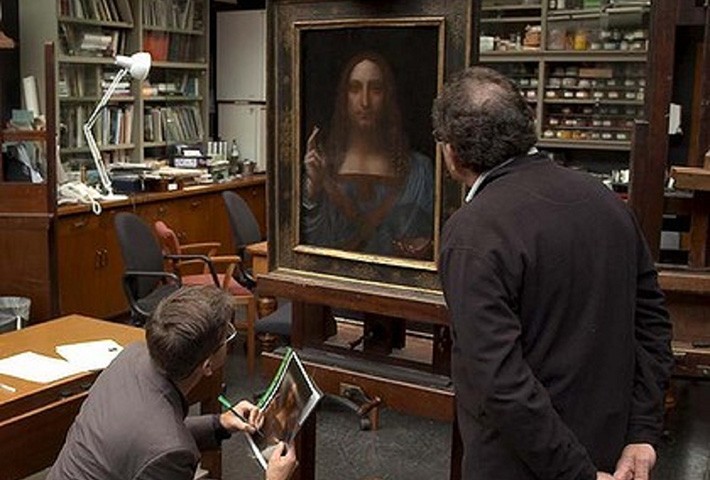
The Lost Leonardo
By Ayden P., KIDS! FIRST Film Critic, age 12
The Lost Leonardo is an interesting documentary about a lost Leonardo Davinci painting of Christ. Based on the title I expected to watch a story about a lost and found painting and where it is today. Instead, I discovered a documentary that taught me about the strength of one’s beliefs, art restoration practices, economics, politics and possible fraud.
The Lost Leonardo begins with an art sleeper hunter (an art speculator who scours the market for undervalued art), Ben Lewis, finding a painting in New Orleans. Ben reaches out to his art world contacts, which eventually leads him to Dianne Mundi. Dianne Mundi is married to a well known art conservator and Dianne is known for her art restoration. Dianne restores the painting, and she begins to believe it is a lost original Leonardo DaVinci. A group of art experts meet at the National Museum and agree that the painting is authentic. What follows next is a convoluted story about the true nature of the painting and how people’s beliefs about the painting allow it to be capitalized on and possibly politicalized more than once.
The film is filled with art experts, journalists and even federal agencies. The film catches your attention because it has multiple layers. For example, just when you think viewing the painting as either authentic or a good copy is problematic, other reasons for thinking one way or the other are shared. Because of the prestige of the individuals calling the painting a true Da Vinci, it commands a high selling price. The film gives a lesson in how prices of items can be inflated. Also, how easy it is to hide one’s money in art since the laws aren’t as restrictive with art purchases as they are with other things. Last, it explores what a piece of lost art can mean to a person or a group of people, and possibly to a country and the cost they will pay to have it.
The message of the film is that people can convince themselves of anything, even if those beliefs come at a high cost. Throughout history various beliefs have kept people together and apart.
I give The Lost Leonardo 4.5 out of 5 stars and recommend it for ages 13 to 18, plus adults. The dialogue and themes are a bit much for younger kids to follow, but a teen might enjoy it with the company of adults that can explain certain terms used in the film. The film is available in theaters now.
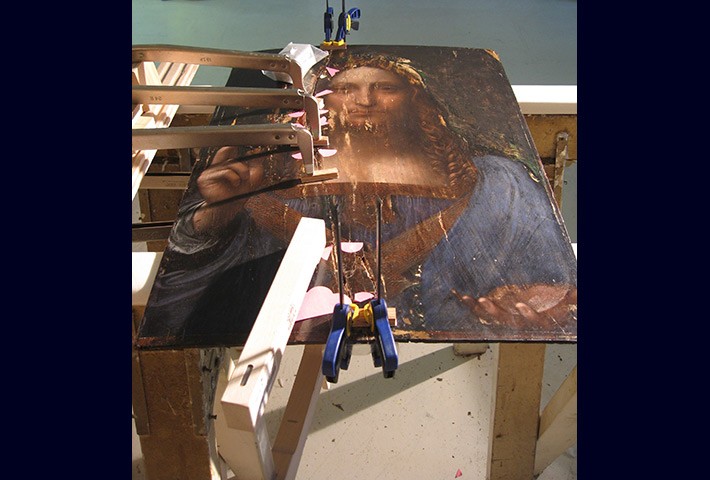
The Lost Leonardo
By Benjamin P., KIDS FIRST! Film Critic, Age 16
The Lost Leonardo recounts one of the most expansive and expensive stories the art world has ever seen. This documentary has a knack of looking at this painting’s recent history from a different angle every 20 minutes or so, revealing a whole different facet of the fervor surrounding this single piece of art and how the conversation around it became about so much more than the painting itself.
This odyssey of art and commerce begins in a warehouse, where a painting called the Salvator Mundi from one of the masters of the field, Leonardo Da Vinci, was thought to have been lost to time and languishes before being discovered by two art dealers who look for paintings that are worth more than they seem. Little did they know, they just stumbled upon their greatest find in that respect. They purchased the painting for 10,000 dollars and had it restored, in hopes that the work was that of Da Vinci’s. The restorer’s work supported that conclusion and, with that, a whole new journey with it begins. It ends up selling for hundreds of millions of dollars after it travels the world and comes into contact with everyone from the general public, to art critics, to experts, to Russian billionaires, to wily art dealers and world leaders.
Director Andreas Koefoed seems to understand the potential of what he has at his fingertips here – betrayal, treachery, power, greed – it’s a winning concoction. For all the goodwill it earns in the riveting way it unfolds, The Lost Leonardo lacks a stylistic backbone to hold the whole thing together. It relies heavily on one-on-one interviews with experts, critics, and those that played in Salvator Mundi’s discovery, restoration and sale. Those interviews bear no intimacy to them, which works in giving objectivity to the events documented, but their implementation grows tiresome. Koefoed has little else up his sleeve to tell this story and, for one about art and one of the most prolific pieces in a long time the world over, that’s more than disappointing. This film about Salvator Mundi lacks imagination and creativity and is quite staid, which distracts from the gold mine Keofoed has here. Mundi’s story certainly is anything but boring; so it’s unfortunate that it is told that way.
I give The Lost Leonardo 3 out of 5 stars and recommend it for ages 8 to 18, plus adults. Nothing in the movie is objectionable, beyond some nudity shown in the artwork. If you’ve got an interest in the business of art or the work of Da Vinci, this one’s for you. But more than that, the directions this story takes are so unpredictable that I think it makes this documentary easy to recommend to anybody. The Lost Leonardo comes out in theaters August 27, 2021.

